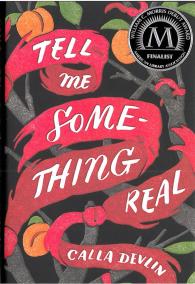
Photo CC- By Tobias Berchtold
Takeaways from Kittle’s, Book Love, Chapters 8 & 9
Kittle has so many amazing ideas, and I have been thrilled to read about them this semester. I find her style of teaching so intriguing, and the desire for me to adopt her methods is strong. Yet another brilliant thought is her theme notebooks. How awesome! A quick summary: Kittle uses notebooks and labels each with one theme, such as hope, gender, love, etc., and then has her students write about their book in whatever notebook “matches up” with the theme of what they are reading. This way all the books her students are reading find a way of being connected, so that the students can relate to what one another are reading. This is a brilliant way to make a community of readers and a method for them communicate on the novels they are reading.
Another part of chapter 8 that I found interesting was the section on reading reflections at the end of each quarter. This is fabulous, as I agree with Kittle, students need to set goals and then take a step back to evaluate how they are doing. We operate on quarters, as well, so it would be very easy for me to make the completion of each quarter be a time when we could look at what we have achieved and what we can work on in our reading lives.
“If we can understand how our standardized measures fail us and fail our students, perhaps we can design better ones.” Kittle says this in her book on page 138, and I absolutely find truth in it. I am not a fan of standardized tests. I do not think they accurately measure what kind of learner or achiever a student is. For example, I took the ACT three different times and ended up with the same score EVERY. SINGLE. TIME. I was a straight ‘A’ student through grade school and that continued into college. I was a fairly good studier, but I could not improve my score on that test. The assessment that measures A LOT, like what colleges accept you and how many scholarships one receives. I am a firm believer that standardized tests in this country need to change. Why does it matter how fast I can read a passage, as long as I absorb the information and am able to analyze and answer questions?
Kittle offers incite into some wonderful methods of spreading love for books in these two chapters. I also am very fond of how her school had a quiet time for reading, where four days a week, every student and teacher read at the same time. She discusses the importance of continuing reading into the summer, which I would agree is vital in a student keeping up with their reading pace and level. The truth is that all of these ideas take work; they take effort and time from the teachers, students, and administration. The truth is that readers will blossom with a little nurture…a little “book love.”

Photo CC- By Farid Iqbal Ibrahim













